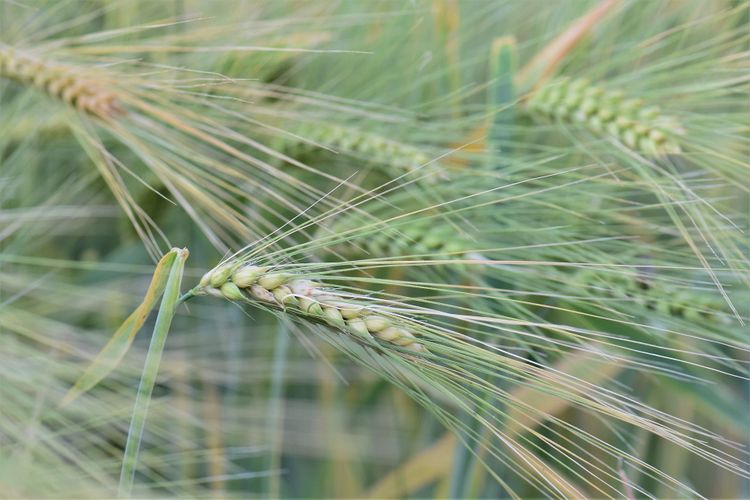The Year in Review for Wheat, Corn, and Soybeans
Another record year is in the books for wheat, corn, and soybeans. Russia reported a massive wheat harvest while the US continues to post robust corn and soybean harvests. Experts expect this trend to continue in 2018, much to the dismay of wheat farmers facing a global glut and low prices. “King Corn” may soon lose its crown in the US as farmers look to grow more soybeans to meet Chinese demand. In December, Gro Intelligence will highlight key trends from 2017 shaping next year’s outlook for these major crops.
US wheat acreage was at a 100-year low in 2017 and experts expect another down year in 2018. US production has fallen steadily from a record 75.8 million tonnes in 1981 to 47.37 million tonnes in 2017. Importers have turned to Europe and Russia to satisfy their wheat demand with the US losing its title as the top wheat exporter in 2013. The global wheat glut has hurt farmers with wheat prices dropping throughout 2017.
Drought and flooding added to wheat farmers’ woes in 2017. Hard wheat’s high protein level makes it ideal for use in baked goods and breads. Production in the US, Canada, and Australia were hard hit by a drought, leading to low supply and high export prices. Poor soil moisture in the US could threaten US wheat production volumes next year. More recently, heavy rains in Australia could lead to a loss of four million tonnes of wheat.
The 2017 corn harvest trails just behind the record set in 2016, but corn farmers will enter 2018 with several recent victories. First, China’s new ethanol program could spur significant new demand for imports. Second, US ethanol fuel quotas will remain unchanged. Lastly, year-end corn yields were higher than initial USDA estimates.
Corn might not lose acreage to soybeans in 2018, but its reign may soon be over based on recent soy demand trends. Global soybean production in 2017 set another record and 2018 will be no different. Chinese demand has driven growth and should continue. Soybeans are Brazil’s top export and planting is well underway in the country. Following a planting delay, Brazil’s soybean harvest will take place at the end of February.
At Gro Intelligence, we eagerly look forward to analyzing what 2018 has in store for global agriculture including wheat, corn, and soybeans. With new data sources added every month, Gro subscribers can recognize the very beginning of any trend and act accordingly. We saw this in real-time with Gro’s corn yield model that was well ahead of USDA and other expert predictions. By the end of the season, those forecasts caught up with Gro and not the other way around.
 Blog
BlogSouth America: Fall Planting Snapshot
 Insight
InsightSoggy Start to Spring Points to Fertilizer Application Delays for US Corn
 Insight
InsightLow US Hard Red Winter Wheat Production Likely, Despite Acreage Boost
 Insight
Insight

 Search
Search